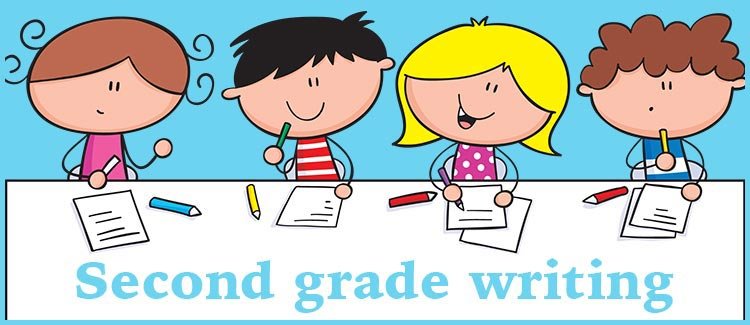Tips for Teaching Kids How to Write

Writing is a vital skill to develop on a regular basis. With 3 monthly print-and-go writing prompt worksheets that are ideal for novice writers, this resource makes it simple. This collection of seasonal, holiday, and anytime sentence starters for beginners and kindergarteners includes a combination of seasonal, holiday, and anytime sentence starters. These writing assignments are ideal for kindergarten and beginning writers. You may easily put them in a writing folder or make a diary out of them. Find other resources for writing prompts here on our website by clicking on the category of writing or by scrolling down to the similar posts section.
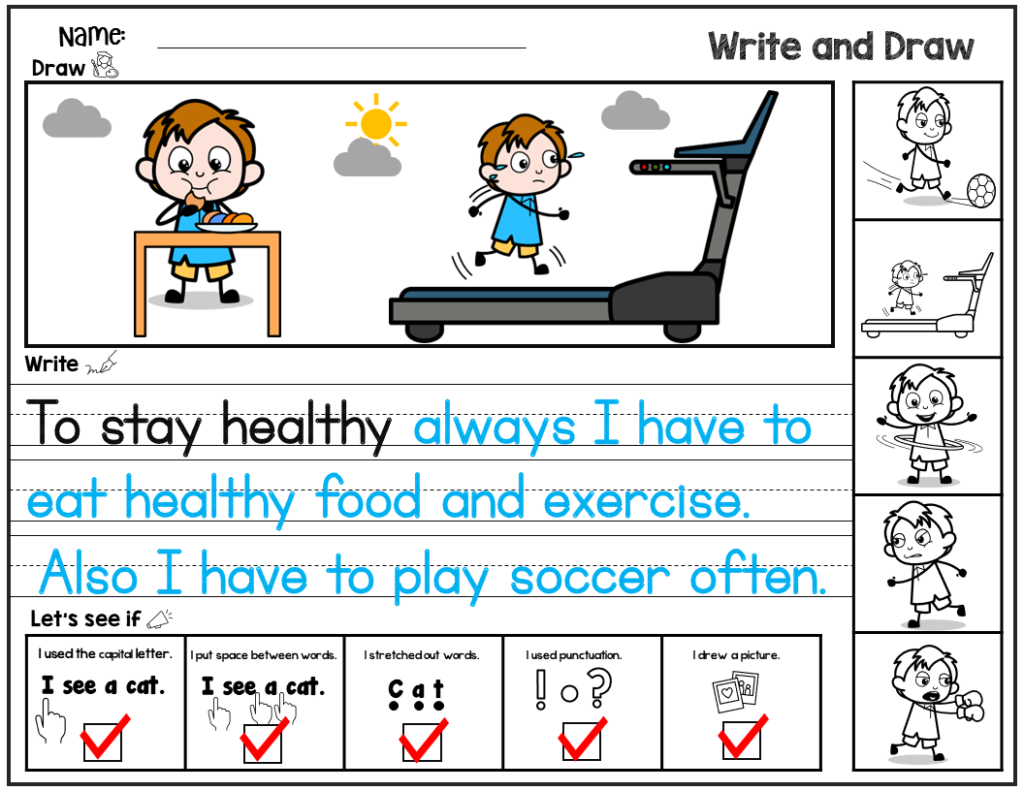
Each page contains the following information:
For young beginning writers, large writing lines have been created particularly for them.
Students can use this space to demonstrate their writing.
A word bank with images based on a subject.
Checklist for writing conventions
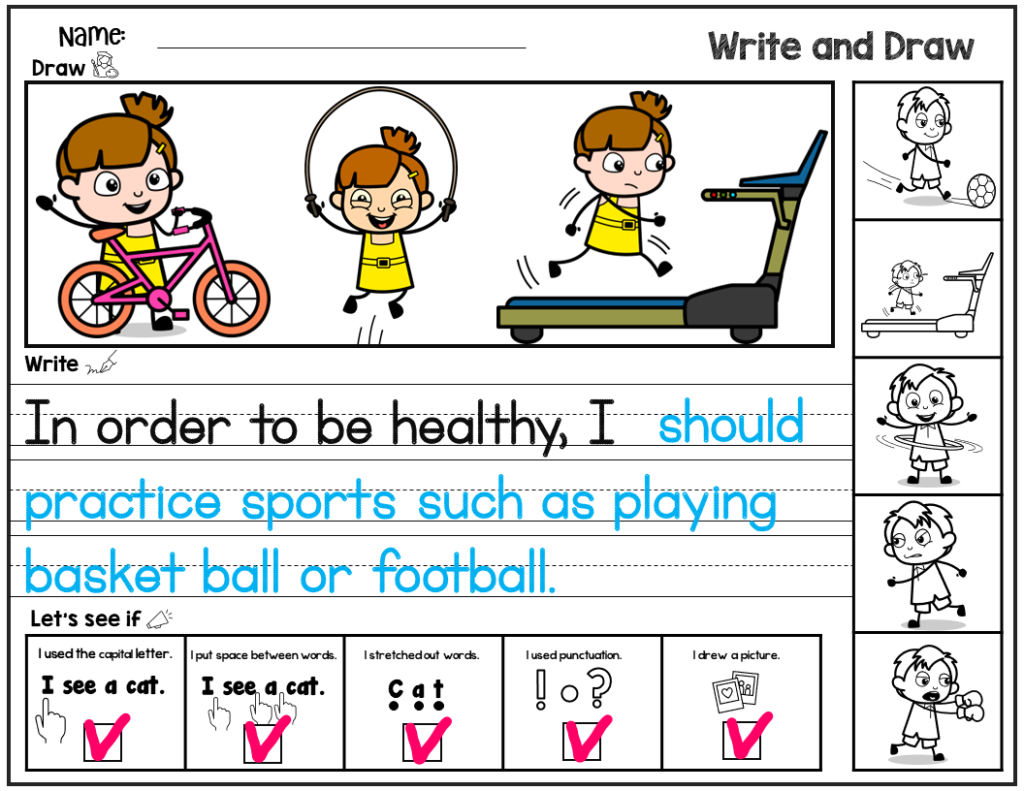
The checklists for writing norms urge students to:
.Make use of a capital letter.
.Separate their words with spaces.
.To spell the words, make them longer.
.Make use of punctuation.
.Make a drawing
This document contains the following information:
There are 3 pages in all, each containing a strong sentence starter (great for beginning writers)
3 pages with a traceable sentence starting
3 of the SAME pages were found to be missing a sentence beginning (great for independent writers)
For pupils who want to write more, a blank sheet with lines is given.

Teaching Children to Write
One of the most crucial talents for children to acquire is the ability to write. As a result, we feel that journaling is one of the most effective approaches for students to improve their writing abilities.
How to Teach Your Children to Write
Journaling on a daily basis is an excellent approach to teaching the value of good handwriting. It’s also a simple approach to adding writing to your current curriculum. It’s a well-known truth that strong writers automatically become good readers, therefore focusing on teaching children to write in their early years of education is critical.
The best part is that journaling may be used in every topic, from science to math to reading and social studies.

Our writing prompts can help you include writing into your daily lesson plans while also teaching youngsters how to write effectively.
You’ll discover a collection of fantastic writing prompts below. It’s an excellent tool for demonstrating to your young writers that writing can be a lot of fun!
So get started now with your pupils and use these prompt ideas!
Writing Prompts for Children to Use When Teaching Them to Write
Make a story about your family. Who are the members of your family? What do you prefer to do as a couple?
Create a story about an animal you’d want to keep as a pet. What made you choose that particular animal?
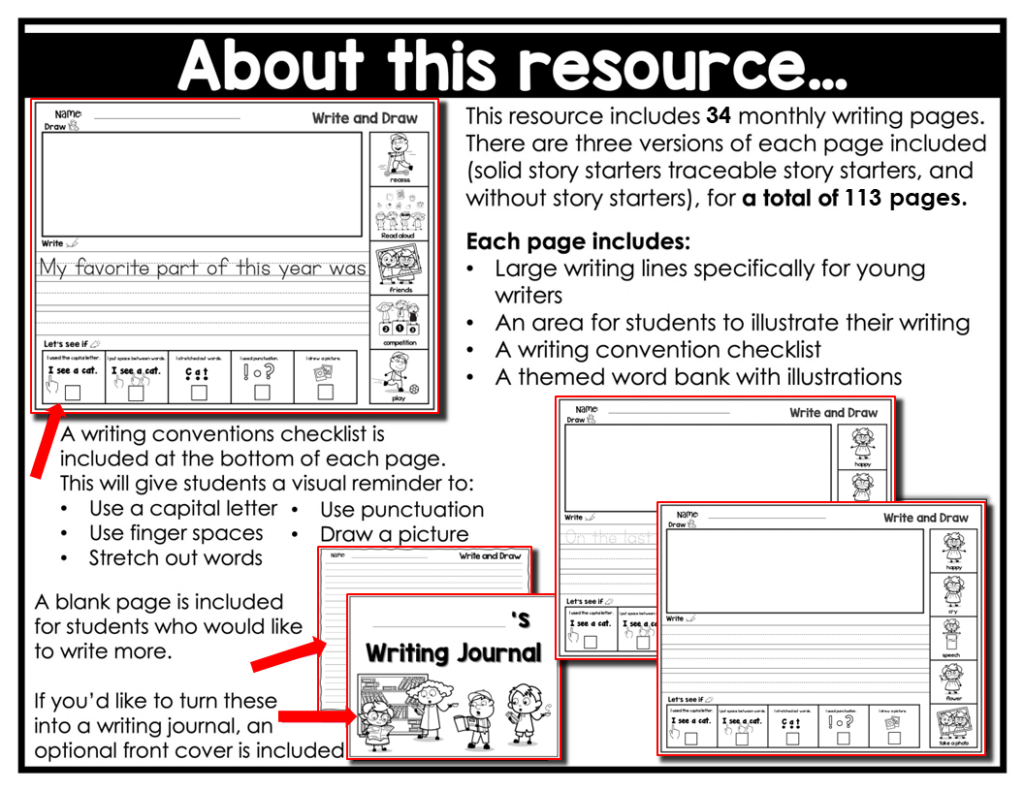
Which color is your favorite? Write about why this hue appeals to you so much.
What is it about your classroom that you enjoy the most? Why?
Write about a new school buddy you’ve made. How did you meet each other?
What’s your favorite dish to eat? Do you enjoy experimenting with new foods? Why do you think that is?
Write about a family custom that means a lot to you.
When you grow up, what do you want to be? Why?

Prompts for Teaching Children to Write
Write about a pleasant moment in your life.
Describe an instance when you were sad.
What would you include in your lunchbox if you could pack your own?
Make a list of what you’d like if you could only have one wish.
Consider what it would be like to have a dinosaur as a pet. Which dinosaur would you like to keep as a pet? What would you do with it?
Consider what it would be like to go unnoticed for a day.
Write about a sport or activity that you enjoy.
Write about a new experience you’d want to have. What motivates you to attempt something new?

WRITING FOR SUCCESSFULNESS
One of the most essential duties that teachers and parents have is teaching children to write. In order to be successful, students must be able to write clearly and effectively, regardless of whatever job route they choose.
Teaching children to write should be a key component of any elementary school curriculum. It’s critical to assess children so that you can determine where they stand in terms of writing skills and devise a strategy to assist them improve on that foundation.
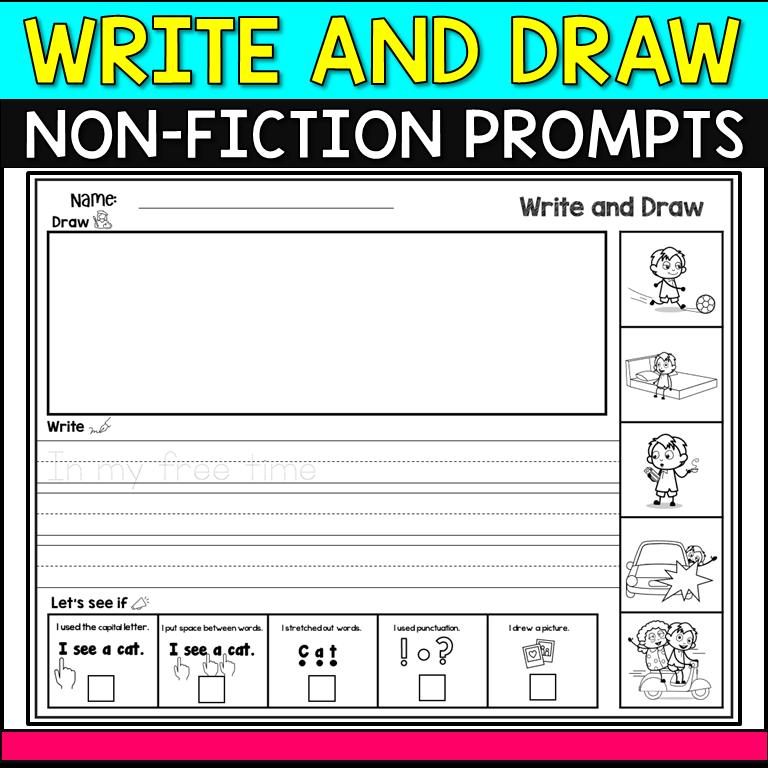
Children can be taught to write as early as preschool, but it should be a core component of the kindergarten and first-grade curriculum.
5 Ways to Help Children Learn to Write
Every chance kids have to write, whether it’s for book reports, copying sentences, or practicing in their notebooks, is crucial practice time that will help them improve their writing abilities. The five suggestions below are easy and effective ways to teach youngsters to write.
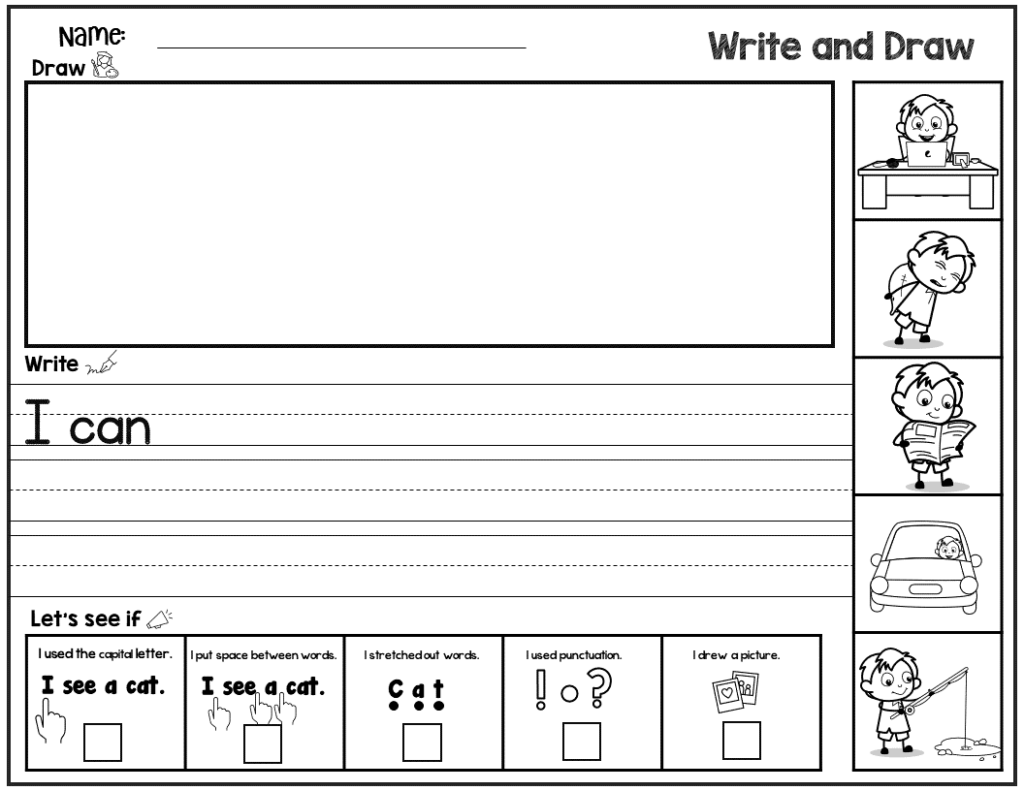
- Good writers begin their careers as avid readers.
It’s no surprise that the finest writers are also excellent readers. Children who read on a daily basis improve their grasp of good language, spelling, punctuation, and sentence structure. They will get a better understanding of good writing even if they are unable to define the components that impact the quality of a book. When youngsters start writing on their own, having a firm understanding of good writing is really beneficial.

- Take it slowly at first.
It’s critical to begin gently when teaching youngsters to write, especially if the learner has already determined that writing isn’t for him or her. Many pupils who find writing difficult avoid doing it because they feel they aren’t good at it. Even writing a few brief phrases or a synopsis of an article might feel overwhelming to them, causing them to get stressed. Working on little tasks like lists, notes, and copied phrases can help pupils get started with writing.

- Thank-you notes and practice letters
Once kids are more comfortable with writing, letters and thank you cards are a terrific way to keep the practice casual while honing their abilities. A simple thank you card is simple for a youngster to write, and it teaches them good manners as well as sentence writing. Letters to pen-pals, beloved writers, or celebrities are also a wonderful way to get youngsters interested in writing since the receiver is important to them.

- Allow children to use their freedom.
Many students find that writing is simpler and more pleasant when they have a say in what they write about. While some children like writing about whatever they choose, others will balk at the prospect of working on an essay or a book report.
These kids may not be able to avoid this sort of work indefinitely, but you can help them approach it in a more productive way by allowing them to start working in the medium creatively. To sustain students’ attention and provide a positive writing experience for the entire class, give them engaging journal prompts or let them choose their own themes.

- Maintain a light and creative atmosphere.
Journal prompts, essay questions, and response papers are all excellent ways to get students to think more thoroughly about subjects and examine fresh views, but they may be difficult for inexperienced writers to handle. Keep kids’ tasks short, entertaining, and imaginative as they learn to write. Begin with simple assignments and work your way up to longer ones. You may begin to ask deeper questions and have the pupils investigate more new concepts on the paper as they get more comfortable with writing.
